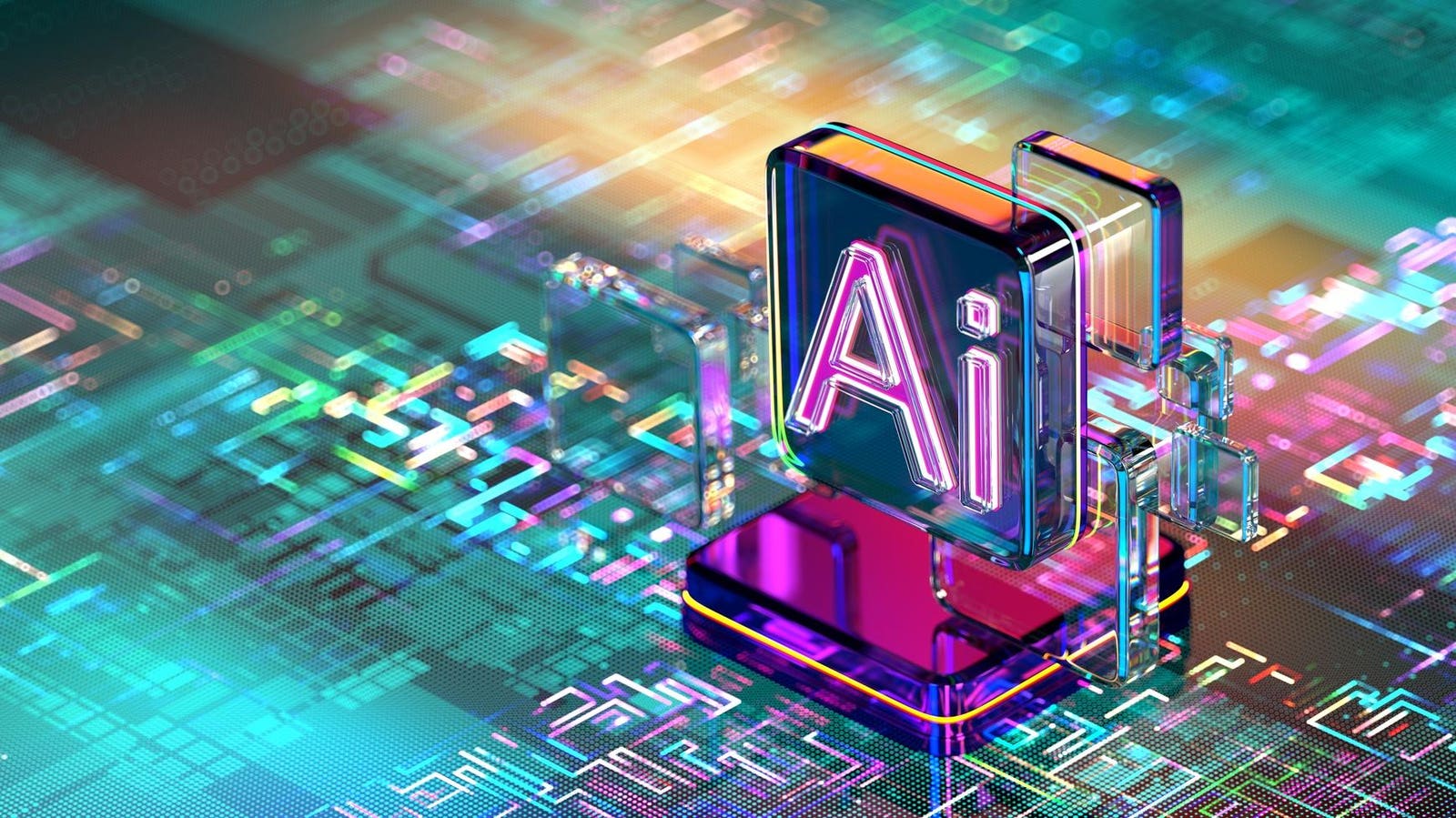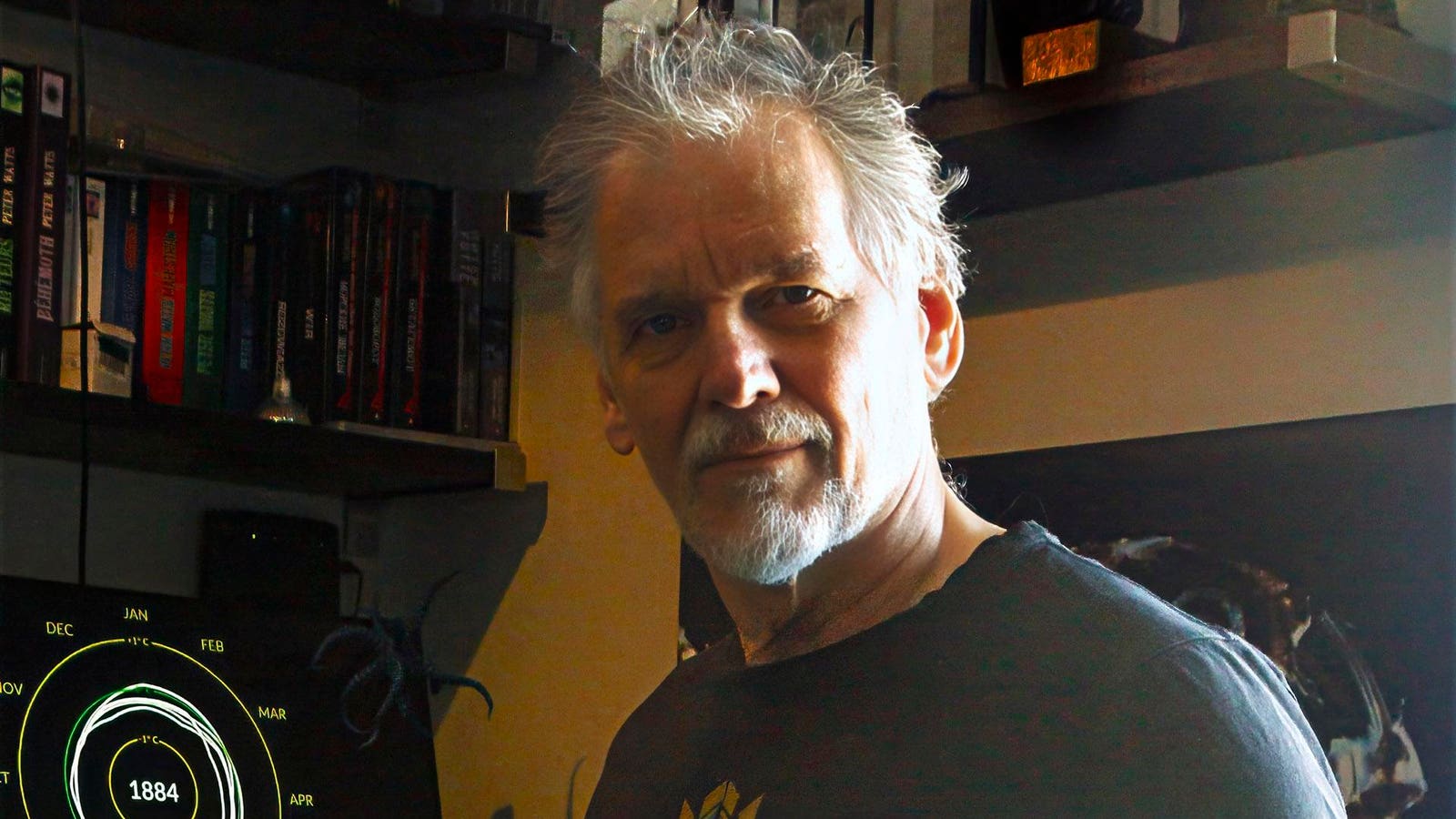Su Belagodu is a seasoned Product Executive and a Start-Up Advisor.
AI co-pilots are quickly becoming a familiar presence in tools that support productivity across industries. However, the horizon is shifting again—toward systems that don’t just assist but orchestrate. These AI systems can manage other agents and workflows with little direct oversight. Even so, human involvement continues to play a vital role.
Why HITL Remains Relevant
Current AI systems are powerful in scope but are still limited when it comes to context, empathy and moral reasoning. Human-in-the-loop (HITL) frameworks recognize this by ensuring people are involved at key moments, especially when decisions carry weight or ambiguity.
The purpose isn’t to slow down automation but to guide it. By integrating human checks into fast-moving AI pipelines, organizations gain both efficiency and accountability.
What Makes HITL Systems Effective
Well-designed HITL systems share a few common traits:
• Confidence Thresholding: When the AI is unsure, it knows to hand the task off to a human.
• Feedback Loops: Human input improves the model through retraining or rule updates.
• Transparent Outputs: Users need to understand how and why an AI came to a conclusion, especially in complex or high-stakes environments.
These principles help maintain quality while ensuring human oversight adds measurable value rather than friction.
A Shift Toward Collaborative Design
Earlier approaches to AI often treated human involvement as an afterthought. That’s changing. New systems are being built with collaboration in mind from day one, embedding human roles into interfaces, decision points and even training data strategies. This shift enables smoother interaction and improves outcomes over time.
What’s Slowing Broader Adoption?
Despite growing interest, HITL isn’t yet widely adopted. Common obstacles include:
• High Initial Investment: Building HITL systems can require more upfront effort and infrastructure.
• Integration Friction: Aligning human workflows with AI pipelines often takes restructuring and retraining.
• Perceived Inefficiency: Some teams worry that involving humans could slow down operations.
• Internal Resistance: Organizational cultures that prioritize full automation may be reluctant to commit to ongoing human oversight.
These barriers aren’t insurmountable, but they do require a clear strategy and commitment to human-centered design.
For HITL to gain broader traction, the AI community and its stakeholders need to highlight the long-term benefits (like improved accuracy, safety and regulatory alignment), design tools that simplify human-AI collaboration, reframe oversight as a strength rather than a sign of AI immaturity and train teams to engage effectively with these systems.
Looking Ahead: HITL And The Possibility Of AGI
HITL is especially relevant today because current AI systems, no matter how advanced, still require guidance. However, this might not always be the case. Some experts have predicted that artificial general intelligence (AGI) could arrive within the decade. If or when that happens, the boundaries between human oversight and machine autonomy may be redrawn entirely.
No one can say with certainty what AGI will look like or how it will change our relationship with technology. What is clear is that today’s HITL frameworks are built for systems that still need us, whether for judgment, ethics or accountability. As capabilities evolve, the need for oversight may also evolve or take on new forms entirely.
Staying In the Loop—For Now
We don’t need perfect AI to gain real value, but we do need systems we can trust. HITL can offer a way to keep human intuition and ethical clarity close to the action, even in highly automated environments.
As AI becomes more deeply embedded in society, maintaining this balance is a smart and responsible approach. The future may shift, especially with AGI on the horizon. For now, though, HITL systems keep us grounded while the technology around us accelerates.
Forbes Technology Council is an invitation-only community for world-class CIOs, CTOs and technology executives. Do I qualify?









